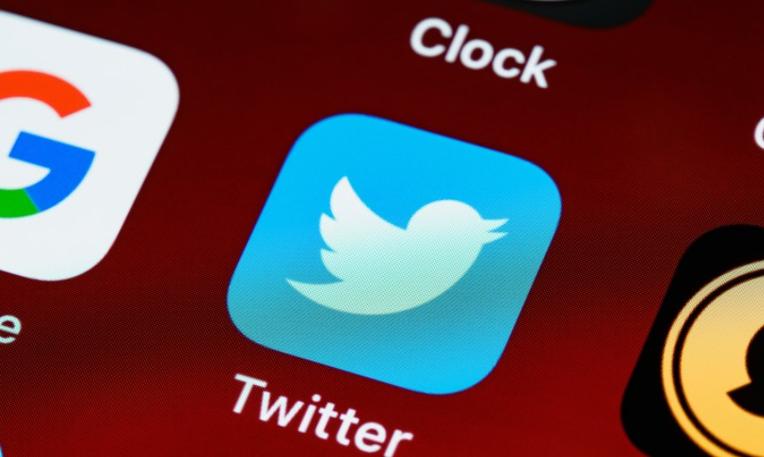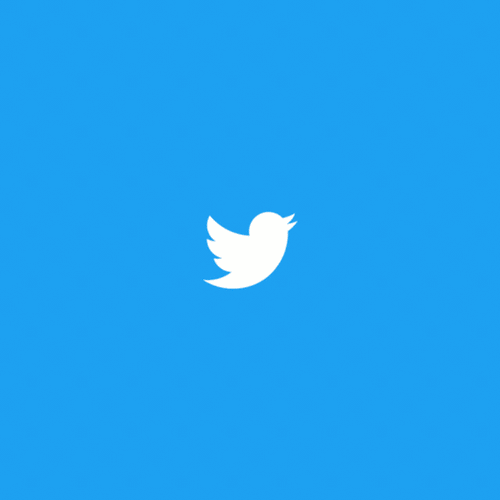**Twitter Unpacked: The Digital Town Square Explained**
(What Is Twitter)
Imagine a place where news breaks faster than anywhere else, where jokes go global in seconds, and where everyone from your next-door neighbor to world leaders shares thoughts in real time. That’s Twitter. Or, as some call it, the internet’s never-ending group chat. Let’s break down what makes this platform tick.
Twitter started in 2006 as a side project. A group of tech enthusiasts wanted a way to share quick updates via text. They called it “twttr,” inspired by the short chirps of birds. The idea was simple: type a message under 140 characters (now 280), hit send, and let the world react. No one guessed it would grow into a global megaphone.
Here’s how it works. You create an account, pick a username, and start posting “tweets.” These can be text, photos, videos, or links. Follow other users to see their tweets in your feed. Like a post? Tap the heart icon. Want to share it? Hit “retweet.” Feel like adding your take? Quote the tweet and add a comment. Hashtags (#) help group conversations. Search #MondayMotivation, and you’ll find millions cheering each other on—or complaining about Mondays.
The magic lies in its speed. When something happens—a sports win, a political scandal, a meme—Twitter lights up. It’s where people go to react first, argue fastest, and joke hardest. During major events like elections or award shows, tweets pour in like a waterfall. You’ll see hot takes, memes, and hot takes *about* memes. It’s chaotic, messy, and weirdly addictive.
Who uses it? Everyone. Celebrities drop teasers for new projects. Politicians announce policies (or clap back at critics). Journalists share breaking news. Ordinary folks rant about bad coffee or share cat videos. Brands try to be funny (sometimes succeeding). Activists organize movements. #BlackLivesMatter and #MeToo gained momentum here, showing Twitter’s power to drive real-world change.
But it’s not all serious. Twitter thrives on humor. Viral trends like “Distractingly Beautiful Birds” (fake bird facts) or “Weird DMs” (strange messages) keep users laughing. Memes evolve hourly. A single tweet—like “How it started vs. how it’s going”—can spark millions of spin-offs.
The platform has rules. Hate speech, harassment, and fake news get flagged or removed. Still, moderation is tricky. Arguments blow up daily. “Twitter fights” between users—or even companies—draw crowds. Popcorn emojis flood the replies as people watch the drama.
Twitter’s design keeps things moving. The timeline shows tweets in reverse order, so new content always tops the feed. “Trending topics” highlight what’s buzzing globally or in your area. Miss a big event? Check Twitter. Within minutes, you’ll find updates, opinions, and memes.
Some call it a double-edged sword. It connects people across continents but can feel overwhelming. Misinformation spreads fast. Online trolls ruin conversations. Yet, for many, the good outweighs the bad. Where else can you debate climate change with a scientist, laugh at a meme, and wish a celebrity happy birthday—all before lunch?
Twitter keeps evolving. New features like Spaces (live audio chats) and Communities (topic-based groups) aim to deepen connections. But the core remains: short, sharp bursts of conversation. It’s a mirror of the world’s thoughts, unfiltered and in real time.
(What Is Twitter)
Love it or hate it, Twitter’s here to stay. It’s the closest thing we have to a global town square—just with more hashtags and way, *way* more dog photos.
Inquiry us
if you want to want to know more, please feel free to contact us. (nanotrun@yahoo.com)




